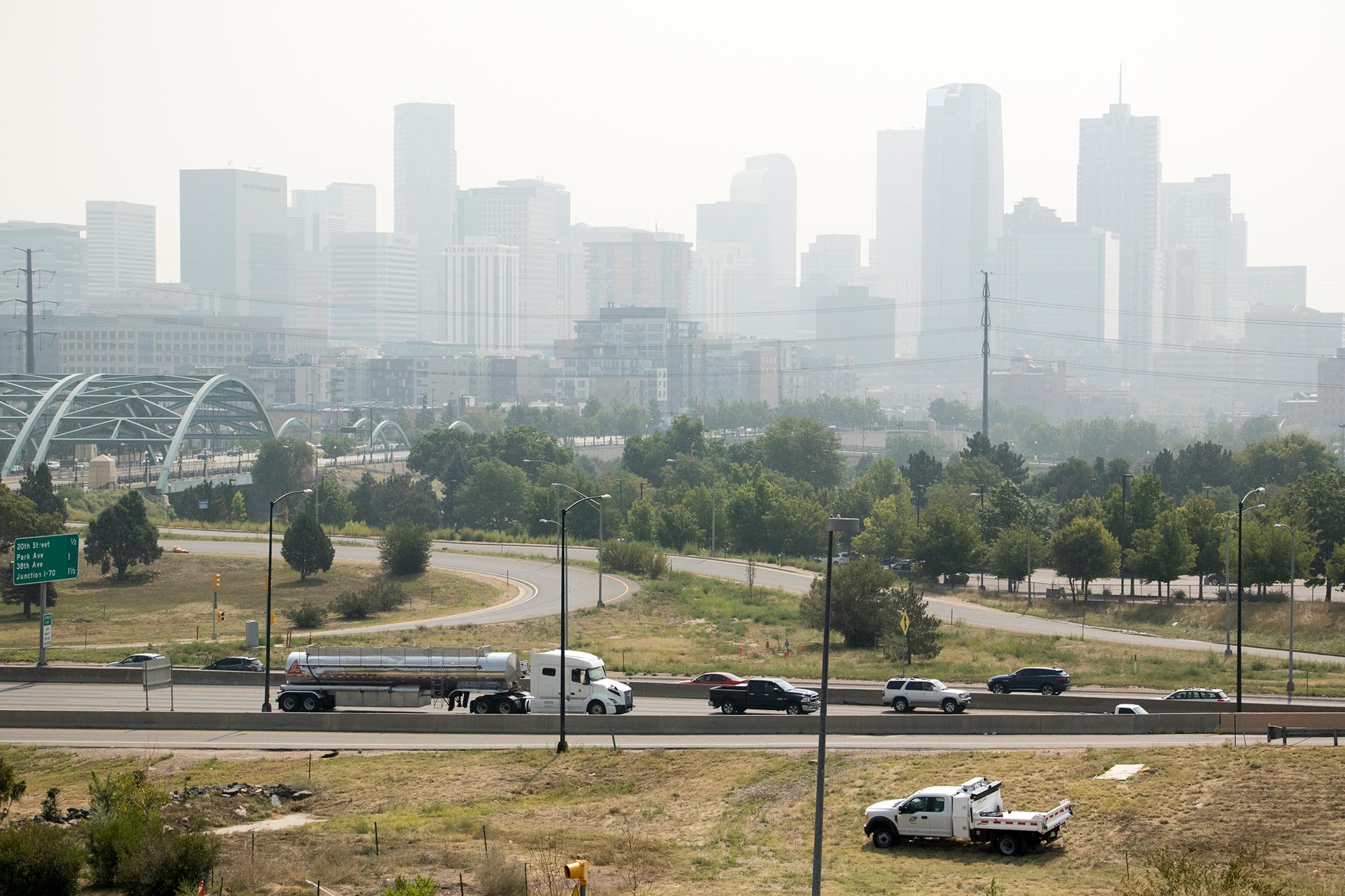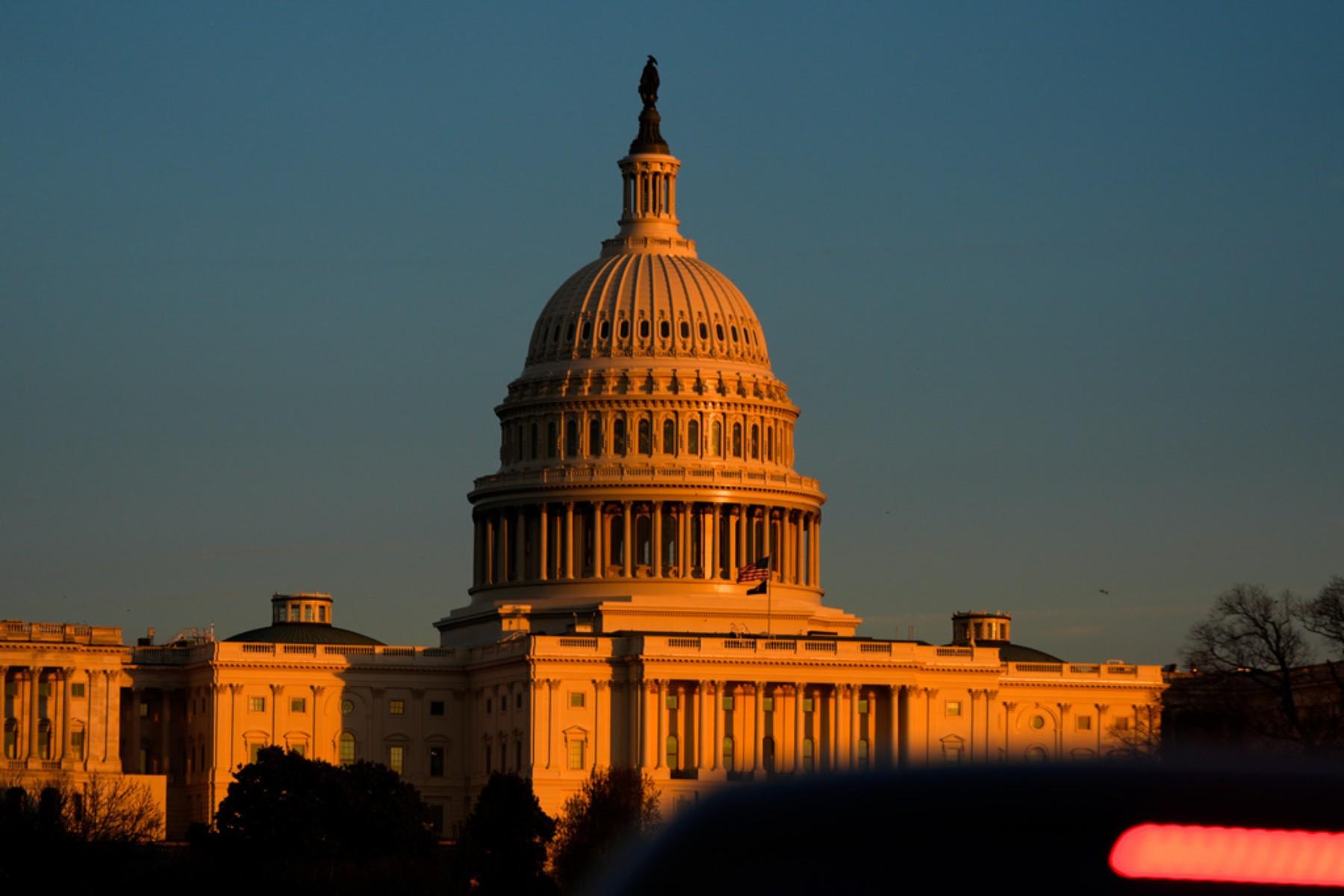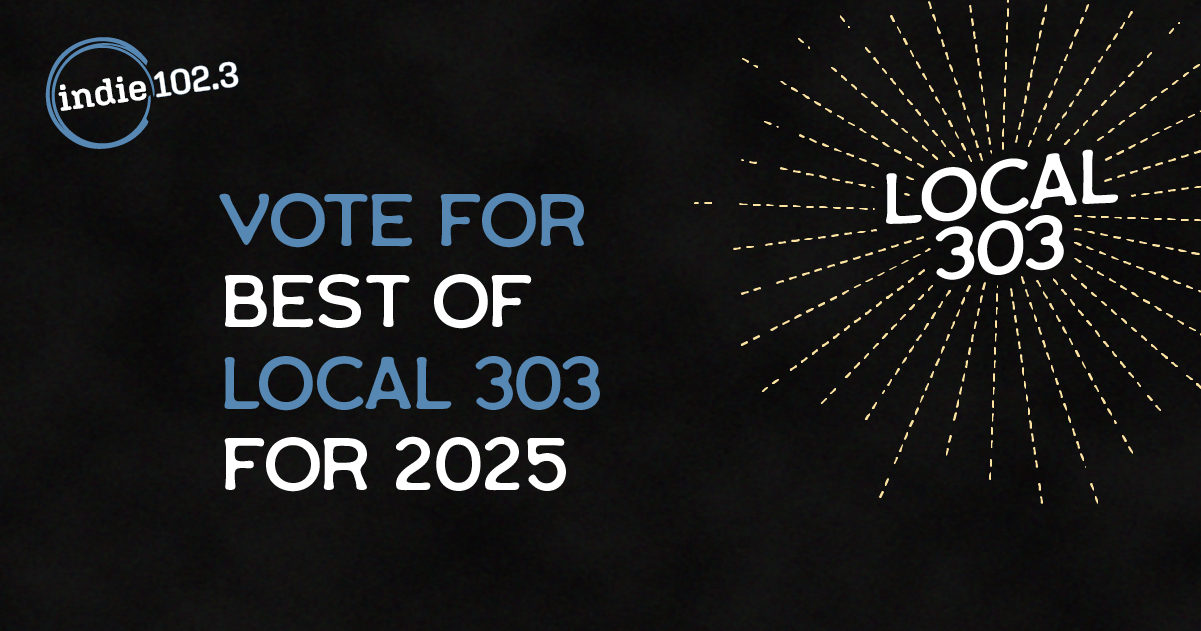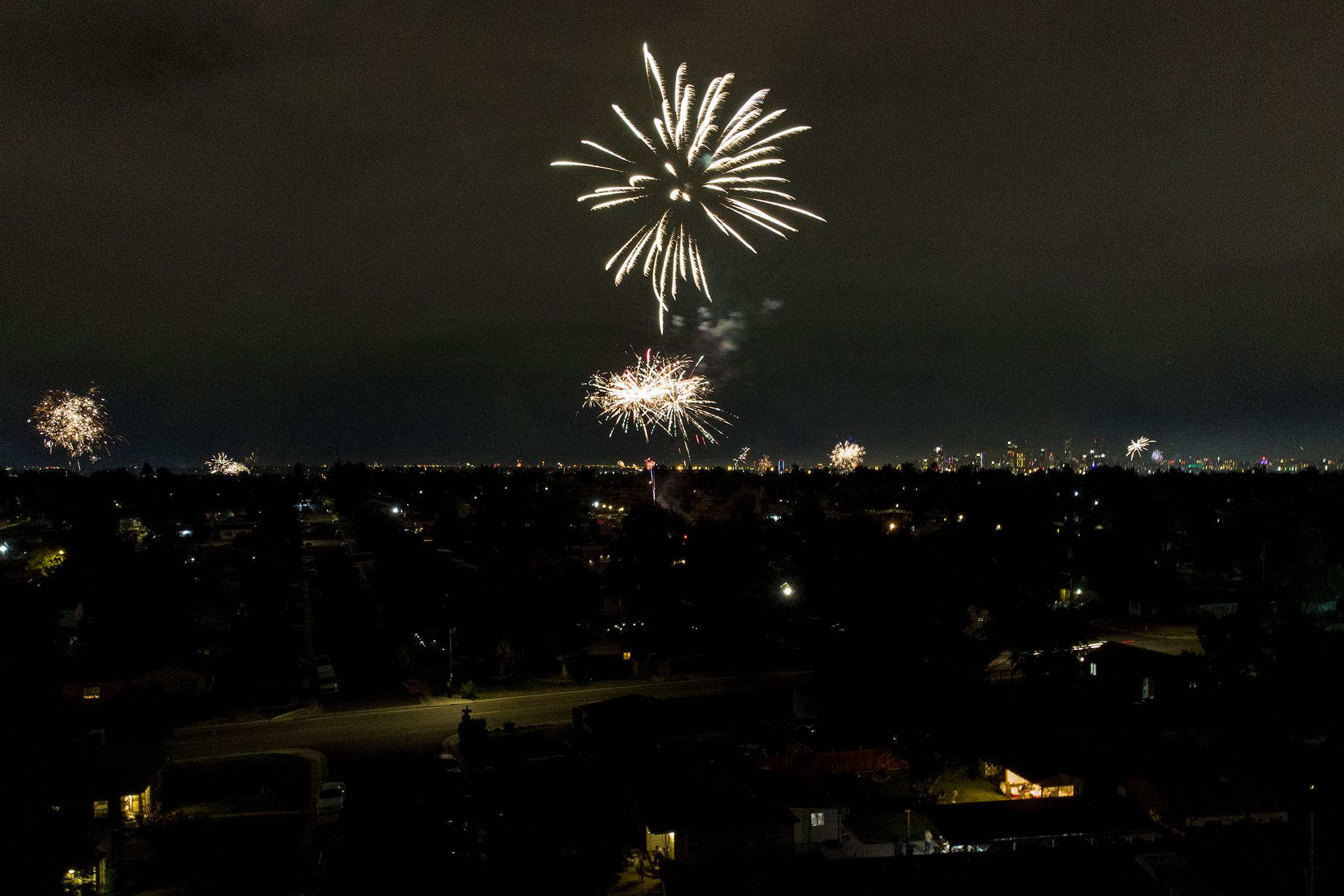
The U.S. Environmental Protection Agency moved to downgrade the northern Front Range from a "serious" to "severe" violator of federal ozone standards Tuesday, potentially triggering new rules meant to improve local air quality in the region.
The action was widely anticipated after a string of smoggy summers in metro Denver. The new classification affects an area extending into nine counties from Fort Collins to Castle Rock, which has repeatedly missed deadlines to bring levels below the EPA's 2008 ozone standard of 75 parts per billion. Four other metro regions would also be reclassified as “severe” nonattainment areas under the proposal, including Chicago, Dallas-Fort Worth, Houston and the greater New York City area.
If the proposed downgrade is approved after a public comment period, many more Colorado companies will be forced to obtain and comply with tougher state air pollution permits. Gas stations will also likely be required to sell cleaner-burning fuel during the summer ozone season in 2024, potentially increasing prices, according to local air regulators.
“Ground-level ozone remains one of the most challenging public health concerns we face, affecting large numbers of Coloradans and their families,” said EPA Regional Administrator K.C. Becker. “EPA’s proposed Clean Air Act reclassification for Denver and the northern Front Range will make sure we are leveraging all available measures and resources as we move forward to reduce ozone pollution with the Colorado Department of Public Health and Environment and all our partners.”
The action is aimed at controlling a tricky air pollution problem.
Ground-level ozone is a lung irritant linked to many health problems, including asthma, lower birth weights and premature death. It also contributes to global warming by hindering the ability of plants to absorb climate-warming gases.
What's less straightforward is the cause. Unlike other pollutants, most ozone doesn't come from tailpipes and smokestacks. Many sources — cars, factories, wildfires, oil and gas operations — emit nitrogen dioxide and hydrocarbons into the air. Heat and sunlight then drive those "primary pollutants" to react in the atmosphere.
Climate change has further intensified ideal conditions for the pollutant in Colorado. A 2021 study by National Jewish Health in Denver found rising global temperatures have increased ozone levels by about 1 percent across the northern Front Range. Areas with a higher concentration of Latino residents experienced a bigger bump, a trend expected to get worse as global warming intensifies.
An additional challenge is background pollution. Out-of-state sources account for one-half to two-thirds of the region's ozone total, according to aerial surveys and the Regional Air Quality Council, the air quality planning agency for the Front Range.
Mike Silverstein, the council’s executive director, said the fact that a large slice of the region’s ozone problem is beyond its control shouldn't deter efforts to control local sources of ozone ingredients. If anything, he said, it makes the task even more urgent.
"We can reduce our share of those emissions and hopefully rely on our upwind partners to reduce ozone across the country and around the world," Silverstein said.
The Front Range has continually failed to bring ozone pollution levels under federal health standards due to local pollution and recent weather conditions.
Under the Clean Air Act, the EPA evaluates whether a region is meeting pollution regulations based on three-year averages. Barbara Khan, a regional spokesperson for the federal agency, said the Front Range logged an average of 81 parts per billion of ozone between 2018 and 2020, higher than the 2008 federal standard of 75 parts per billion.
Last summer saw even worse air quality conditions along the Front Range. The region recorded 48 days with average ozone levels above the standard — more than any other year on record.
The high levels of ozone pollution prompted a lawsuit from environmental groups to force the EPA to downgrade the status of the Denver area and other regions last month. Jeremy Nichols, a director of climate and energy programs for WildEarth Guardians, said the federal move is an overdue step in the right direction.
"We hope they continue to move as quickly as possible to finalize the reclassification," Nichols said.
On Tuesday, the EPA also proposed to downgrade the region’s ozone status from “marginal” to “moderate” under its stricter 2015 standard of 70 parts per billion. The stricter standard is closer to what scientists say is safe for public health, but since it’s newer, communities have more time to comply before triggering a federal crackdown.
There’s no question the existence of two parallel standards is confusing. What matters, according to Silverstein, is the more demanding federal benchmark sets the true goal for the region’s effort to control air pollution. In order to avoid another “severe” designation under the stricter federal standard, he said the region must bring air pollution levels below 70 parts per billion by 2026.

There's a good chance Coloradans will feel the consequences of the downgrade at the gas pump.
If the EPA approves the downgrade, gas stations would be required to sell cleaner-burning gasoline across the northern Front Range one year after the effective date of the reclassification. Given the projected timeline to finalize the decision, state and regional air regulators expect the change will be enacted in the summer of 2024.
Reformulated gasoline is already required in California, parts of the northeastern seaboard and other urban areas struggling to control air pollution. Studies have shown the fuel helps improve air quality, but it tends to be more expensive than conventional fuel. Over the last year, federal data show the regular-grade reformulated fuel cost 35 cents more per gallon compared to conventional gasoline. The gap grew wider in March 2022, with regular-grade reformulated gasoline costing 51 cents more per gallon.
Silverstein said energy market volatility and recent global conflicts make it tough to predict prices for the reformulated fuel along the Front Range, but "it typically costs more for gasoline providers to make the higher-quality fuels."
The job of making reformulated gas would likely fall to Suncor Energy, which operates Colorado’s only oil and gas refinery in Commerce City. A spokesperson for the company, which is a financial supporter of CPR News, said the facility is already preparing to have fuel supplies ready “in the event it is required during the summer of 2023.”
A downgrade would also require more state air pollution permits.
Beyond gasoline requirements, a finalized downgrade lowers the threshold for facilities to be considered a “major” air pollution source under the U.S. Clean Air Act, which means many more Colorado companies will be forced to obtain state air pollution permits. Silverstein expects the change could mean stronger regulations for oil and gas facilities, asphalt plants and even breweries.
Those permits clarify everything a company must do to monitor and control emissions. Michael Ogletree, the executive director of the Colorado Air Pollution Control Division, said the downgrade could require an additional 470 emission sources to obtain permits.
To prepare for the added work, his division asked state lawmakers for $43.4 million dollars to hire dozens of employees and purchase new air monitoring equipment. Colorado businesses groups have objected to the additional investment, but the request appears likely to be approved in the Democratically controlled legislature.
“We’re absolutely up to the task,” Ogletree said. “We will be bringing in these additional resources — engineers, administrative staff, managerial staff — to make sure we’re ready.”









